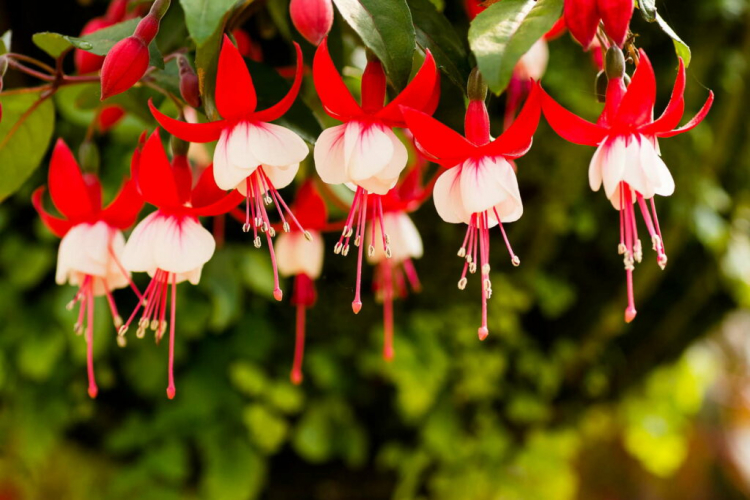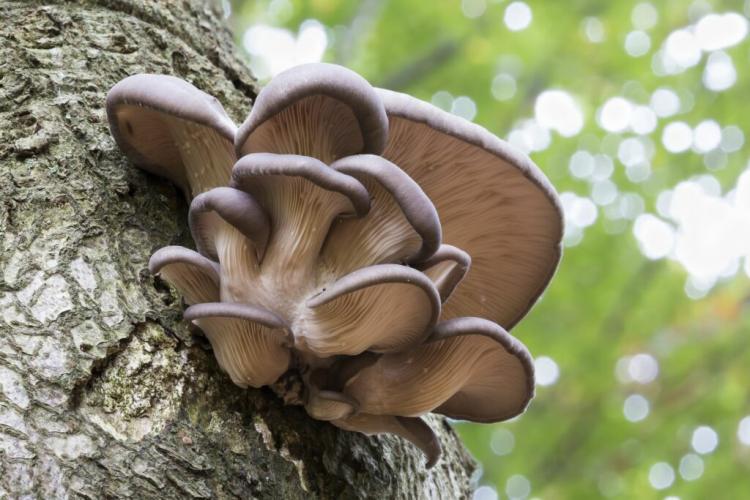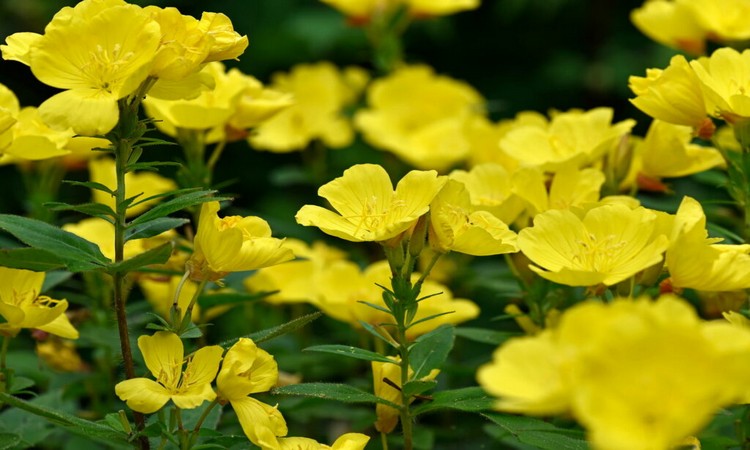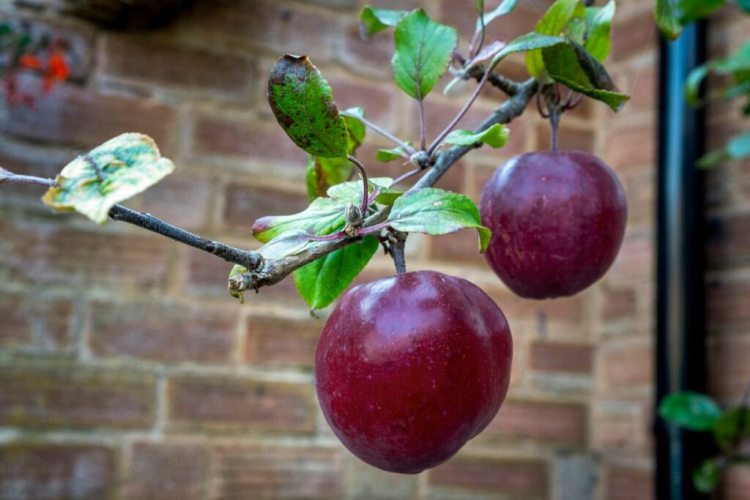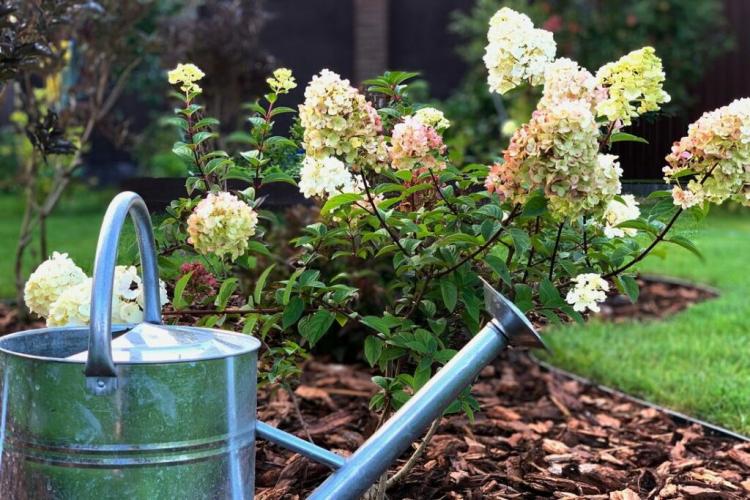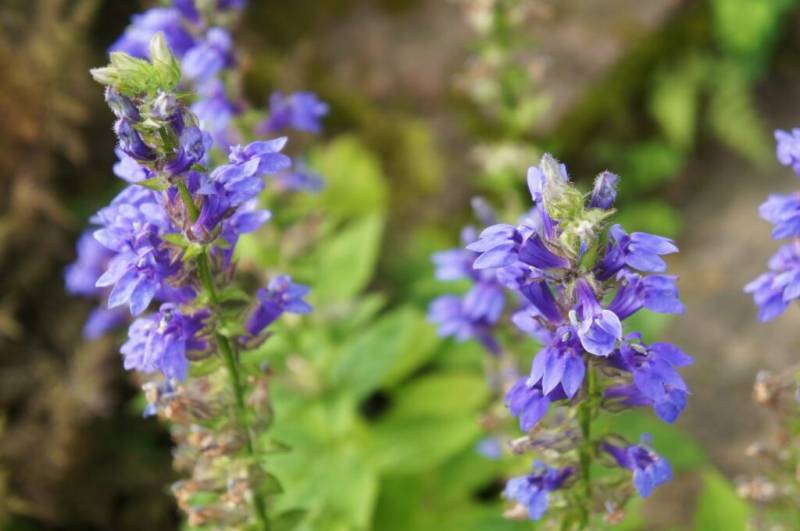Propagating Fuchsias: Cuttings And Sowing
Fuchsias are popular summer bloomers. We show how you can easily propagate your beloved fuchsias for the next season. Fuchsia enchant with their delicate flowers their viewers and awaken quickly want more. Fortunately, there are many ways to increase the number of exotic permanent bloomers in the garden or in your room. Regardless of whether by sowing, cuttings, runners, or dividing, we will show you how to successfully propagate your fuchsias.
Many roads lead to Rome. It is the same with the propagation of fuchsias. Because the exotic flowering plants can be wonderfully propagated not just one, but four methods. No matter how you want to propagate your fuchsias – with a few of our tips, propagation is guaranteed for the next gardening season.
Propagate fuchsias by sowing
Table of Contents
Sowing fuchsias is possible but requires a bit of tact. Because the germination capacity of the seeds is very limited in time. In addition, young seedlings in particular are prone to fungal infections. This is why it is important to keep the environment clean and to provide the seedlings with the right amount of water.
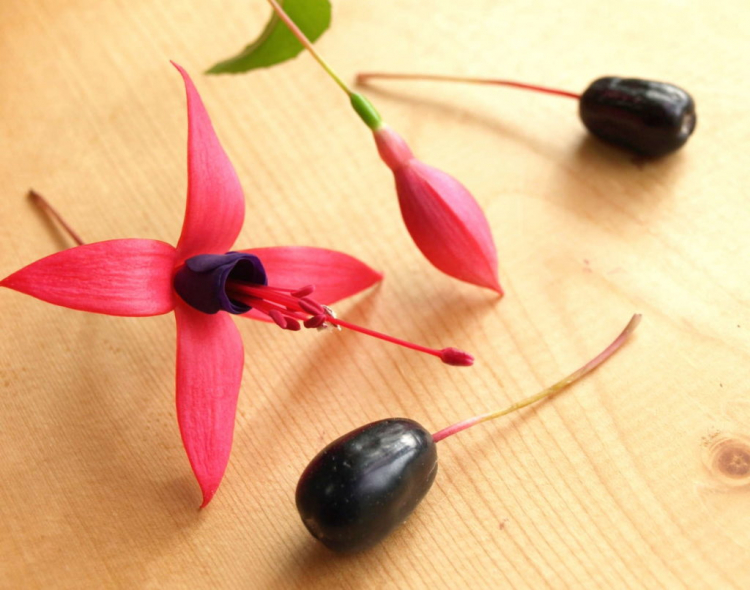
Harvest or buy fuchsia seeds?
Whether the seeds are bought for propagation or harvested depends on what you expect from the seedlings. If you don’t have any fuchsias yet or if you want to grow a certain variety, buying new seeds is usually unavoidable. However, if you buy seeds, you can expect that very few of the seeds will actually germinate. If you want to save some money, improve the ability to germinate, and be surprised at the end of the sowing, you can easily harvest fuchsia seeds yourself.
The faded inflorescences of your fuchsia are simply not cleaned out for this. After flowering, seed fruits develop from the flowers. In them are the much sought-after seeds. The appearance of the seeds can vary greatly depending on the type and variety. There are fuchsias with greenish to almost black, with elongated, round, small, or almost plum-sized seeds. However, this makes no difference when it comes to harvesting:
- Only fully ripe (juicy, soft, swollen) seed fruits are harvested
- Cut open the seed fruit with a sharp knife
- Carefully remove the seeds from the fruit with a toothpick or similar
- Completely remove the rest of the pulp from the seeds
- Dry the seeds on paper towels or other absorbent paper
Alternatively, the whole fruit can be crushed and the seeds rinsed with water and dried. After that, the seeds should be sown directly.
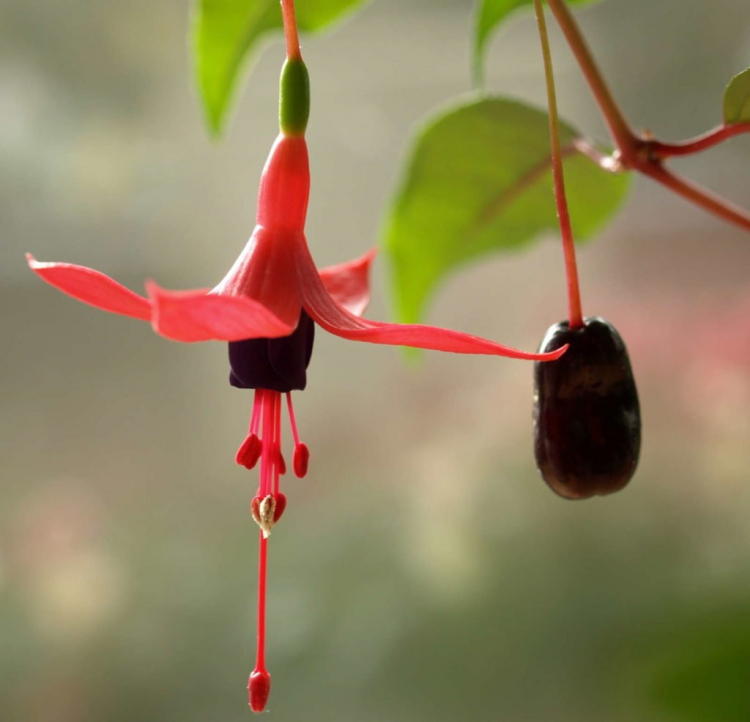
Sowing fuchsias: when and how?
It is advisable to sow the seeds immediately after harvest, as fuchsia seeds lose their ability to germinate very quickly. Sowing fuchsias proceeds as follows:
- Fill the clean seed tray with high-quality potting soil such as our peat-free organic herb and seed-soil
- Water the potting soil from below until the soil is well soaked
- Sow seeds
- Spread a thin layer of soil over the seeds (dark germs)
- Moisten the soil with a water sprayer
- Cover the seed tray with a foil hood or something similar
- Temperature: 12 – 16 ° C
- After germination (3 – 4 weeks) remove the foil cover once a day for ventilation and acclimatization
- Prick out into small pots from the second pair of leaves
- Cover the potty with a foil hood
You might so like: How To Planting Pansies And Make Them Bloom In Your Garden?
After about 3 weeks, enough roots will have formed for repotting into a larger pot. The seedlings need it nice and warm (around 20 ° C) and light to grow big and strong. However, avoid direct sunlight. The young plants also come under a nice, warm foil cover, which is removed once a day to get the plants used to the outside temperatures. The period without the foil hood is increased every day until the hood can finally be removed completely.
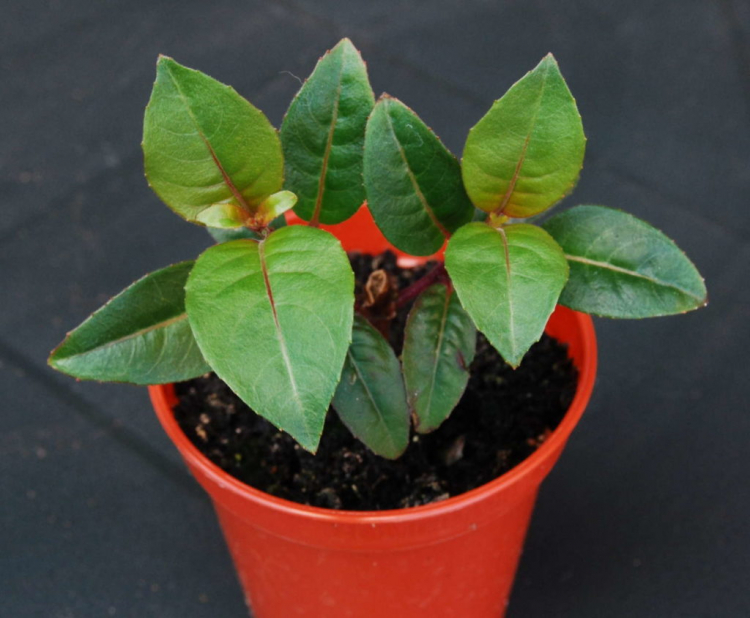
Propagate fuchsias by cuttings
Propagating your fuchsias using head cuttings has two advantages over sowing: On the one hand, the chances of success are greater and the whole thing is methodologically simpler. On the other hand, you can guarantee that you can reproduce your fuchsias correctly because the cuttings always carry the same genetic information as the mother plant.
When to cut fuchsia cuttings
Cuttings are cut when the fuchsia has to go under the knife anyway. Use the cut in spring or autumn to cut cuttings for propagation. If the cuttings are cut in spring, however, they will take root more quickly.
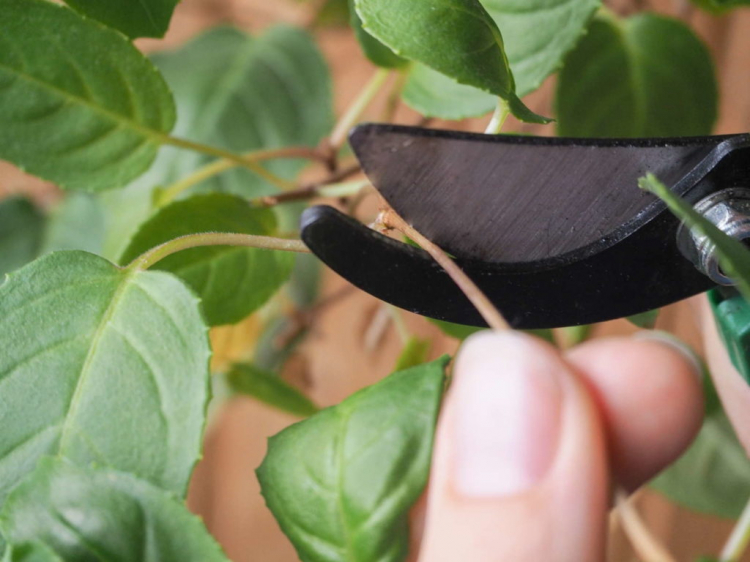
You might so like: Mexican Mini Cucumber: Tips And Tricks For Planting Cucamelon
How to cut fuchsia cuttings?
First, a suitable shoot is selected. The cuttings are obtained from healthy shoots that are not yet lignified – but the selected shoots shouldn’t be too young and soft either. In addition, at least two pairs of leaves should already be formed. Once a suitable shoot has been found, it is time to cut the cuttings:
- Use a clean and sharp knife
- Cut off the shoot below the last pair of leaves
- Fill the growing pot with growing soil
- Remove the lower leaves, the two upper pairs of leaves are left to stand
- Put the cutting halfway in the potting soil
- Put the foil hood or plastic bag over the pot
- Location: bright and warm (approx. 20 ° C)
- Keep soil light but always moist
The small nursery pots should always have a water drain so that the cuttings are not too damp. The foil hood ensures sufficient humidity. It takes about two to three weeks for enough roots to form for a slightly larger pot. It can now also be repotted in pots with normal potting soil. If the pot has become too small, it is moved back into a larger one. The propagation of the cuttings was successful as soon as new pairs of leaves develop on the cuttings. The cuttings can be planted from mid-May. Shorten the shoots a little beforehand, this promotes a nicely branched growth.

Propagate fuchsias: lowering or dividing
Another method of propagating fuchsias is that of the sinker. However, this only works with planted fuchsias or potted fuchsias that are directly on the ground. To do this, a shoot is carefully bent down to the ground without it breaking. Fix the shoot so that one eye touches the ground. With a little luck, new roots will sprout from this eye. If these are large enough, the shoot is cut off from the mother plant. Then the sinker can move into its own pot and is cared for like young plants that have emerged from seeds or cuttings. A final method is to divide large plants. When multiplying fuchsias by division, do the following:
- Fuchsia is being dug up
- The free root ball of soil and remove sick, injured, and dead roots
- Carefully divide the root ball vertically into two parts with a spade
- Plant fuchsias in the desired location or in new pots
Fuchsias tend to develop considerable roots, which can be a hindrance when dividing. Because the roots should not be damaged if possible so that the further growth of the plant is not too impaired.
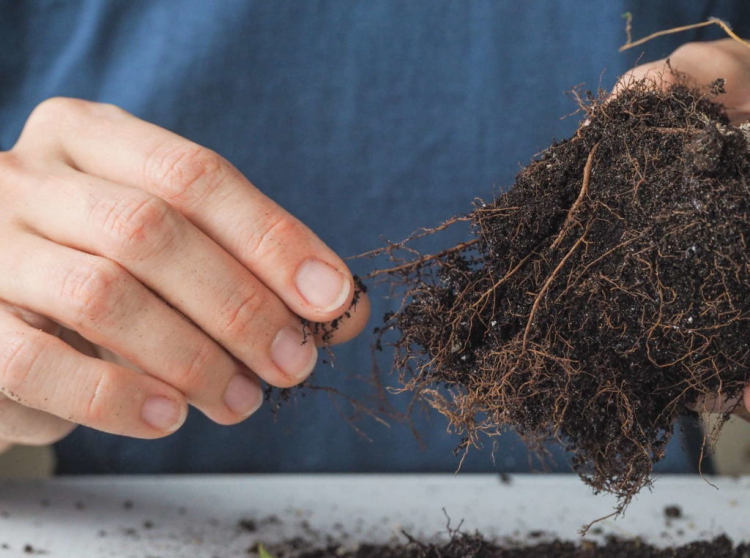
Fuchsias: care about propagation
If the reproduction has worked, you can proudly call yourself master or mistress of a whole arsenal of young fuchsias. But even if the propagation in itself is a great achievement, there is still a lot to do afterward so that the small plants grow into blooming fuchsias. So that your fuchsias also show their colorful flower dress, you will find everything here about fuchsia care after propagation.
